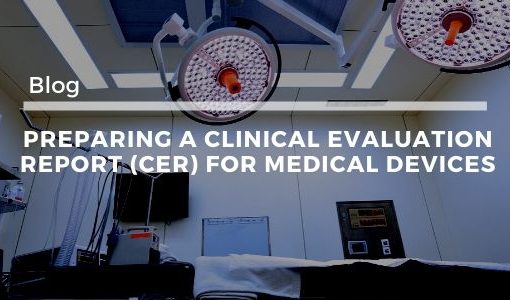Earlier, individual patient or participant data (IPD) meta-analyses (Pooled analyses) were commonly used to generate a summary estimate such as to evaluate the effect of treatment of CVD, cancer or diabetes etc. However, now IPD is more used in other healthcare areas such as to examine the effect of treatments of HIV, hernia, Alzheimer’s disease and epilepsy. IPD is more powerful and considered as the gold standard as the approach can improve the quality of both the data, as well as the analyses. This approach allows us to include more trials, participants, and outcomes along with standardisation of outcomes across trials. IPD provides greater scope and flexibility in the analysis, including the ability to investigate whether an intervention is more effective, or less effective for different types of participants. However, in terms of its disadvantages it takes more time to complete (Several years), cost significantly more (data housing, data cleaning and harmonisation) and can face challenges while obtaining the data than MA of AD. Table 1 show the main differences between IPD-MA of treatment intervention studies and multivariable prediction modeling studies.
Table 1. The main differences between IPD-MA of treatment intervention studies and multivariable prediction modelling studies.
| Intervention Research | Diagnostic/Prognostic Modeling Research | |
| General Issues | ||
| Primary aim | Estimation of the therapeutic effect of a specific treatment | Estimation of the probability of the presence (diagnosis) or future occurrence (prognosis) based on combinations of two or more predictors |
| Secondary aims | Treatment effect in study subgroups | Evaluate the accuracy of model predictions across subgroups, settings, or countries |
| Estimates of interest | (Adjusted) treatment-outcome associations | (Distribution of) individual outcome probabilities/risks; discrimination and calibration of estimated model probabilities |
| Association measures | Relative risk estimates: risk ratio, hazard ratio, risk difference, and odds ratio | Absolute probability or risk estimates of the outcome at interest |
| Study design | Randomised studies | Observational research (randomised study data sometimes also used) |
| Data retrieval | ||
| Study registration | Clinical Trials registry (http://clinicaltrials.gov/) | No such registry |
| Developing search query | Extensive Cochrane Collaboration guidance, including search filters | Recent but less evolved guidance (by Cochrane Collaboration) |
| Assessing the risk of bias | Risk of Bias tool (Cochrane Collaboration) | CHARMS tool (Cochrane Collaboration) |
| Data analysis | ||
| Statistical model | Models yielding valid estimates of relative treatment effects | Models yielding absolute outcome probabilities |
| Relevance of covariates | Covariates may be included to adjust for baseline imbalance and to investigate potential effect modifiers | Covariates (other predictors) are explicitly included to increase the model’s predictive accuracy |
| Dealing with between-study heterogeneity | Random-effects modelling of treatment effect, the inclusion of treatment-covariate interactions, meta-regression, and subgroup analysis | Stratification of baseline risk across studies focus on homogeneous and weakly heterogeneous predictors and inclusion of interaction terms and nonlinear predictor effects |
| Validation of research findings | Comparison of model fit, sensitivity analyses, and recursive cumulative meta-analysis | Evaluation of model discrimination and calibration; internal, internal-external, and external validation |
| Measures of precision | Standard error, p-value, confidence intervals of (relative) treatment effect, and prediction intervals | Confidence and prediction intervals of model discrimination and calibration |
Abbreviations: CHARMS, Checklist for Critical Appraisal and Data Extraction for Systematic Reviews
While conducting IPD-MA, the following steps need to be carried out
- Identify published and unpublished studies and obtain individual-level data from the original investigator
- Harmonize data
- Pool studies to calculate the summary estimate
- Assess and identify the source of heterogeneity
- Reporting
Contact us for performing IPD-MA that adherence to the guidelines of PRISMA IPD statement released in a special communication in JAMA 2015






Comment here